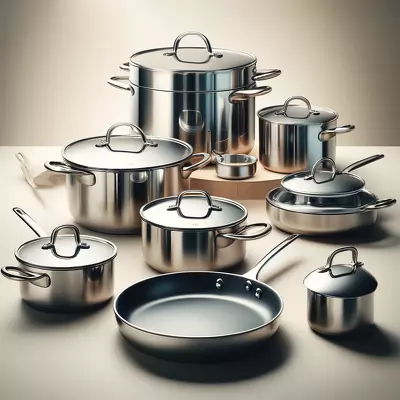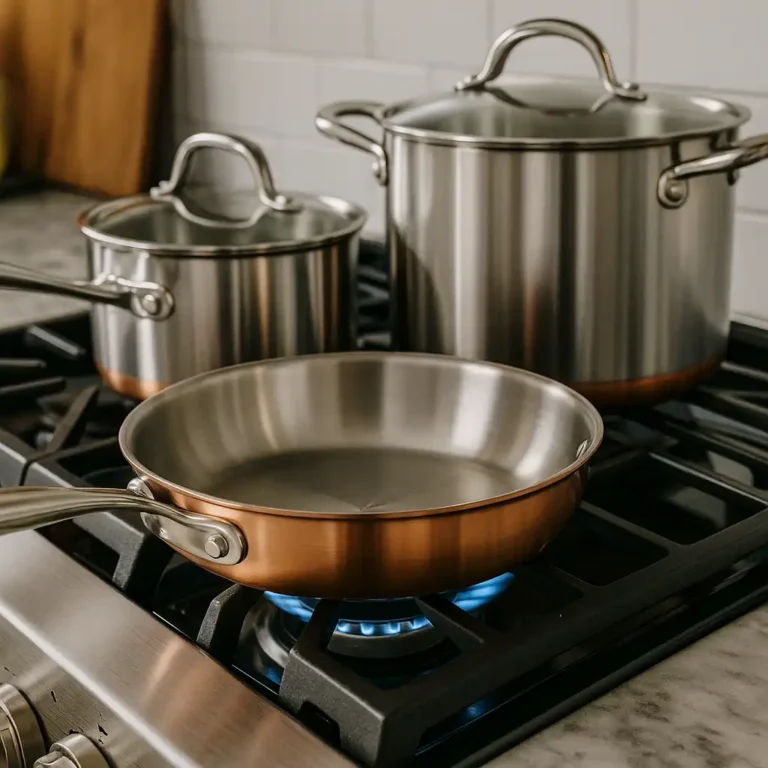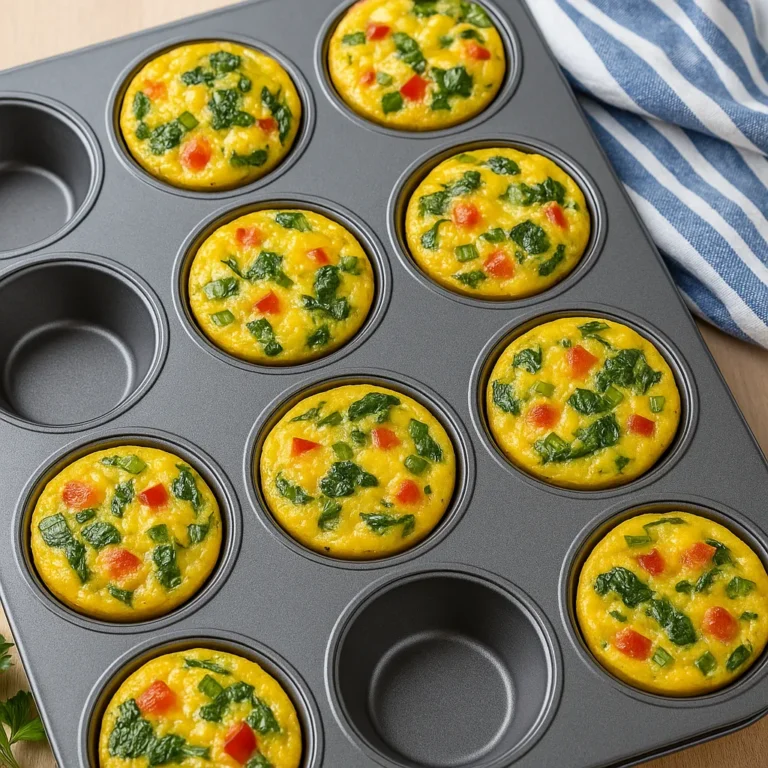Best Cookware Sets for Gas Stoves That Actually Work With a Flame
Cooking with a gas stove gives you more control, faster heat, and a hands-on feel that many home chefs prefer. But not every cookware set is made to handle direct flame, fast temperature changes, or uneven burners.
Choosing the right set isn’t just about aesthetics—it’s about durability, heat distribution, and how well the pans hold up to daily use. Below are three well-reviewed cookware sets that consistently perform well on gas stoves.
Nuwave Duralon: Light, Nonstick, and Surprisingly Durable
The Nuwave 7-piece ceramic set stands out with its vibrant blue finish and PFAS-free, diamond-infused ceramic coating. It heats quickly and evenly, without needing high heat.
Buyers like how lightweight and easy these pans are to handle. The stay-cool handles are a practical touch, especially when moving pans around on a busy stovetop.
While they’re great for everyday meals—like scrambled eggs, sautéed veggies, or a quick stir-fry—they do best on medium heat. High flames can wear down the nonstick coating over time. Cleanup is a breeze with most users saying a simple rinse does the job.
Circulon Clad: Stainless Steel Strength With Hybrid Nonstick
The Circulon 12-piece set offers the best of both worlds: the toughness of stainless steel with a hybrid nonstick surface called SteelShield. That means fewer scratches, better food release, and easier cooking overall.
This set performs well on gas stoves, according to buyer feedback. The heavy, bonded base keeps pans steady over open flames and distributes heat evenly. Many home cooks say these are great for everything from searing steaks to simmering sauces.
Plus, the included utensils are a convenient bonus if you’re starting fresh or replacing older cookware. The only downside is that the set takes up more space than average.
Daniks Stainless: Simple, Functional, and Surprisingly Smart
The Daniks 11-piece stainless set doesn’t try to impress with gimmicks—it just delivers solid cooking results. What stands out are the measuring marks inside the pots, which save time and cleanup by cutting down on extra tools.
Users mention that these pots and pans heat well, feel balanced, and clean up easily—even after heavy-duty meals. The glass lids help trap heat and let you monitor progress without lifting the lid. Everything is oven-safe and dishwasher-friendly.
This set is ideal for someone who wants quality, straightforward cookware that won’t overcomplicate things.
Check Price & Availability
Nuwave 7pc Duralon Blue Ceramic Nonstick Set
View on Amazon
Circulon Clad Stainless Steel 12-Piece Set with SteelShield
View on Amazon
Daniks Standard 11-Piece Stainless Steel Set with Measuring Scale
View on Amazon
Conclusion
When it comes to gas stoves, you want cookware that handles high heat, distributes it evenly, and won’t wear out quickly. The Nuwave set is ideal for lighter, nonstick meals and quick cooking. Circulon gives you pro-level performance with added durability, while Daniks offers practicality with thoughtful touches like built-in measuring scales.
Think about how you cook—fast meals, weekend feasts, or a little of both—and choose the set that matches your rhythm in the kitchen.






